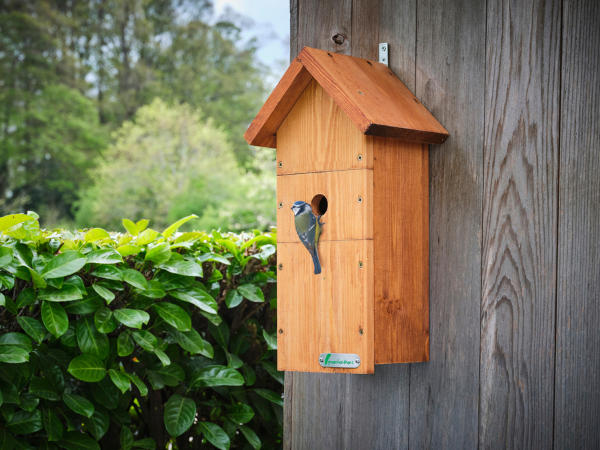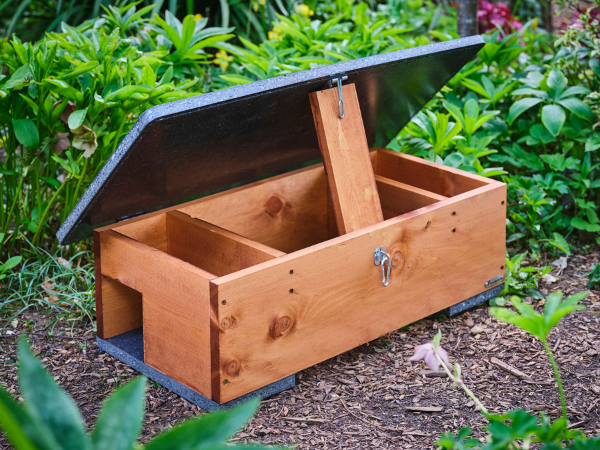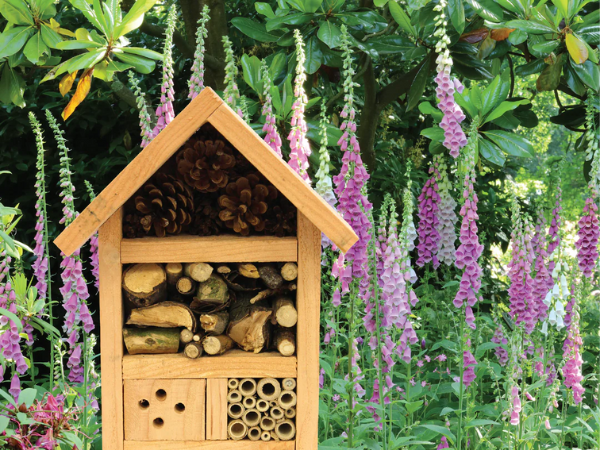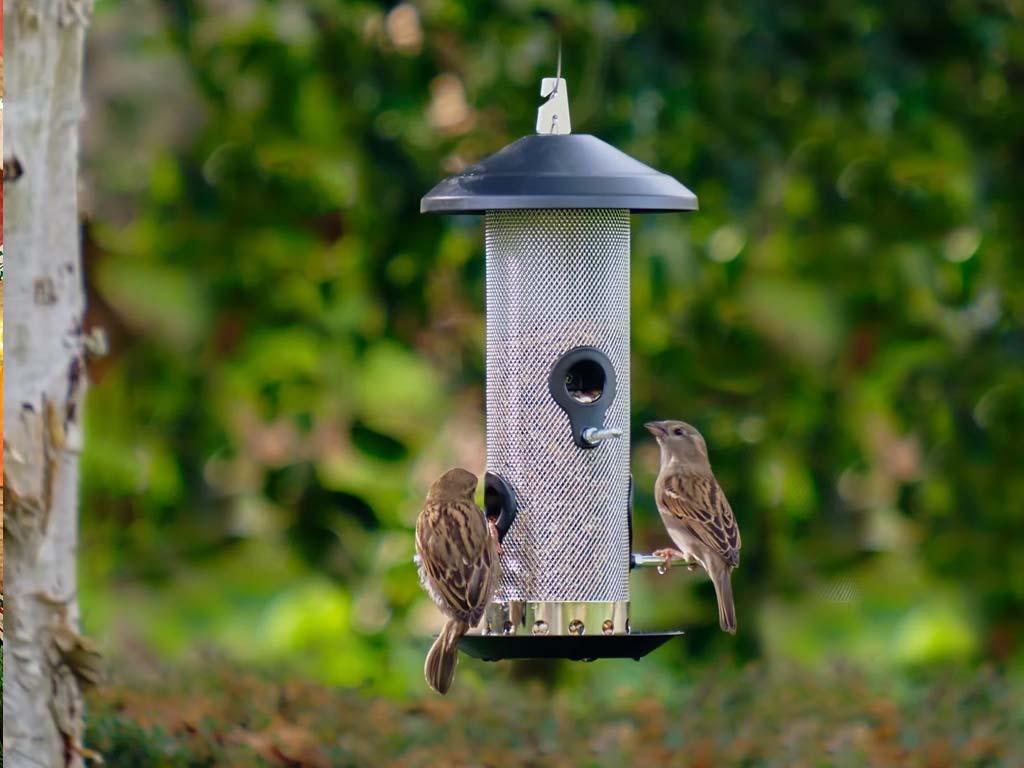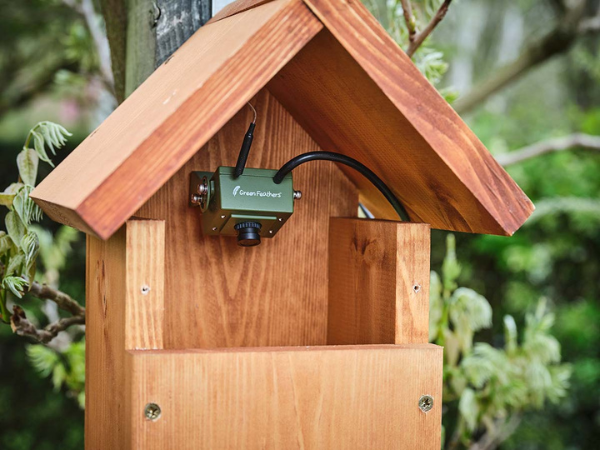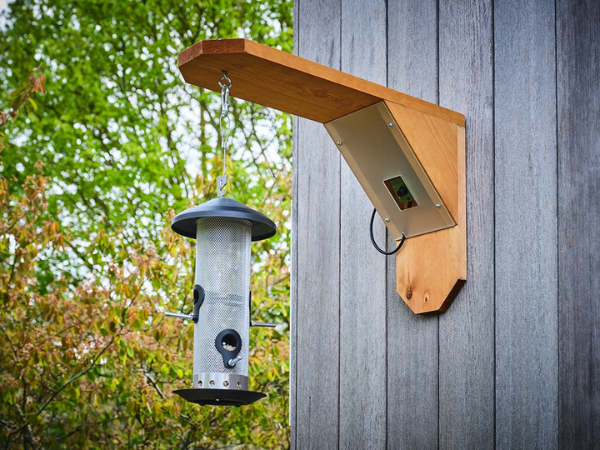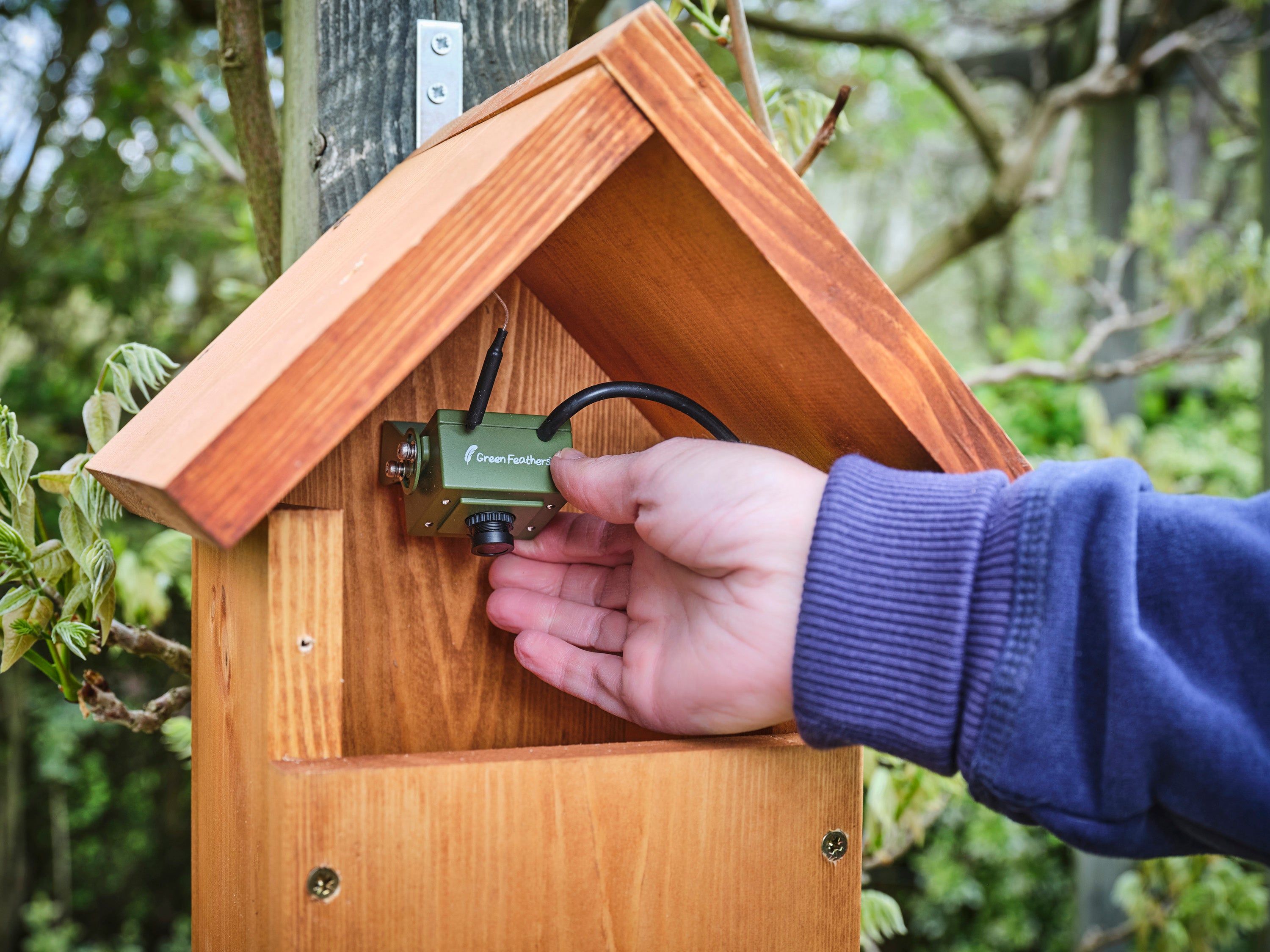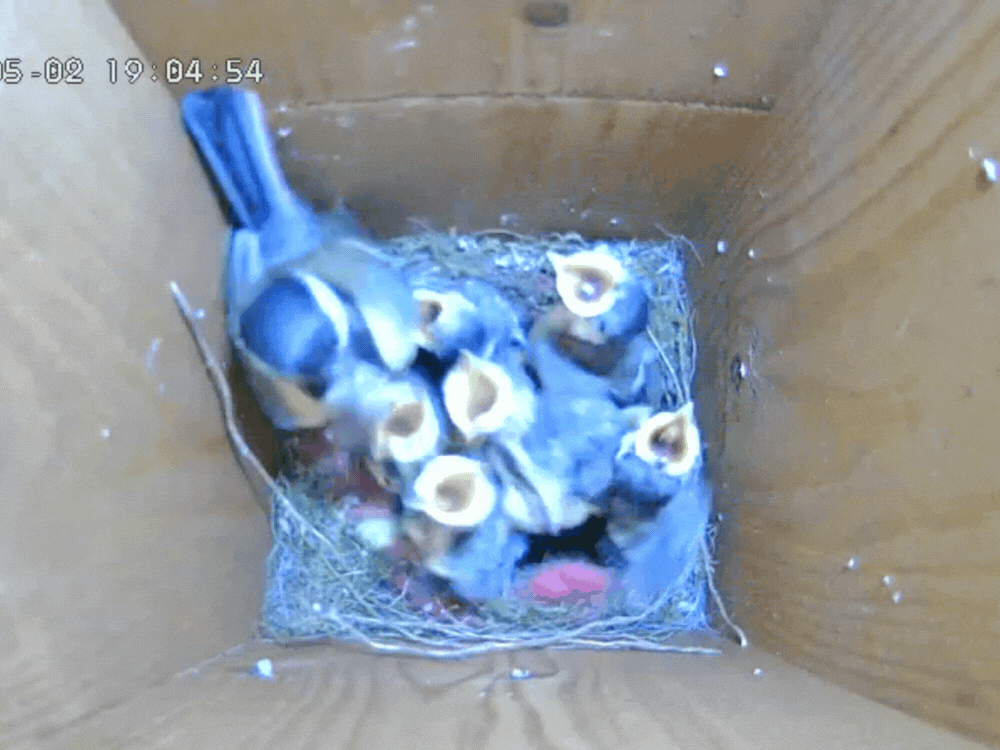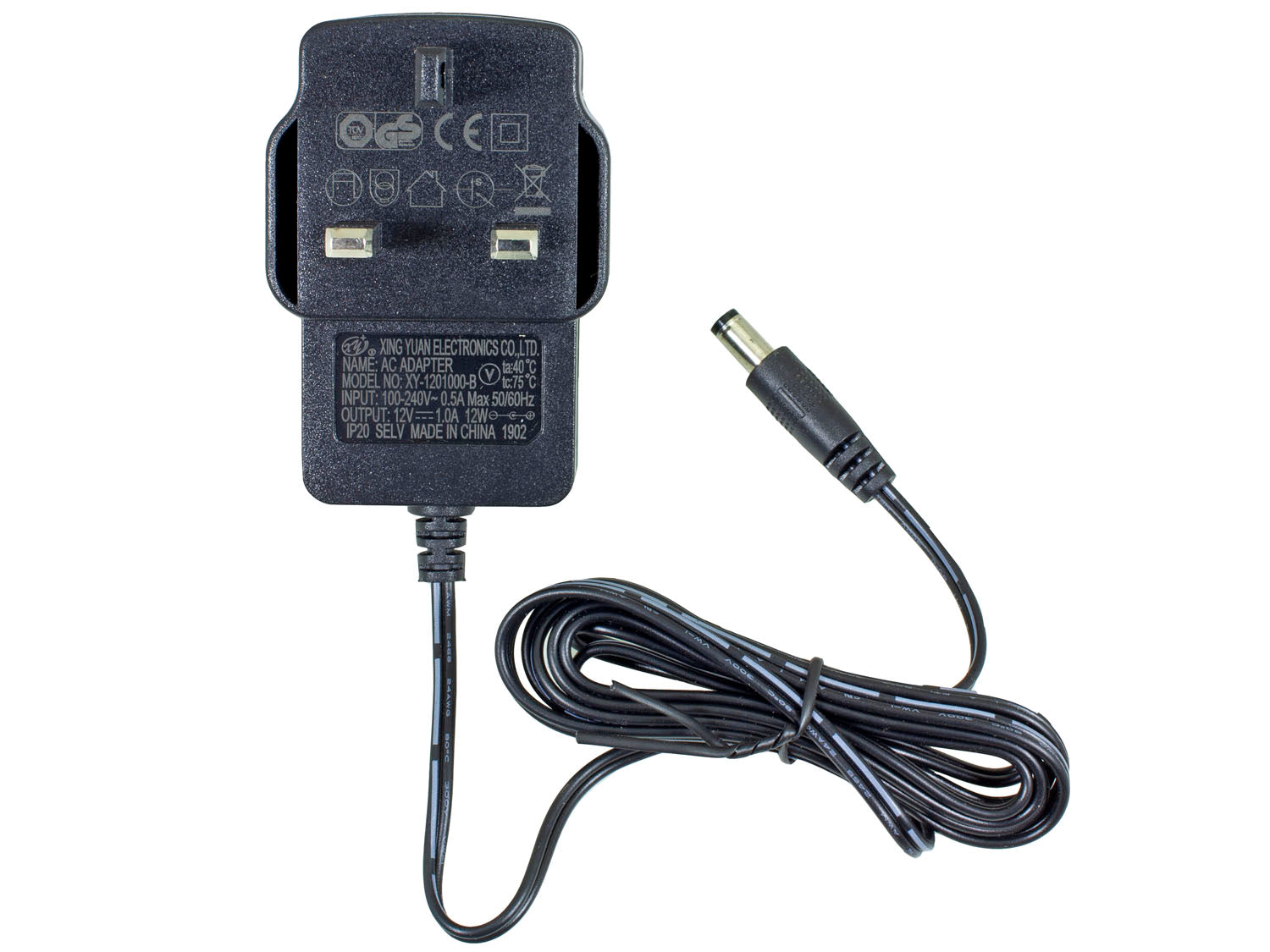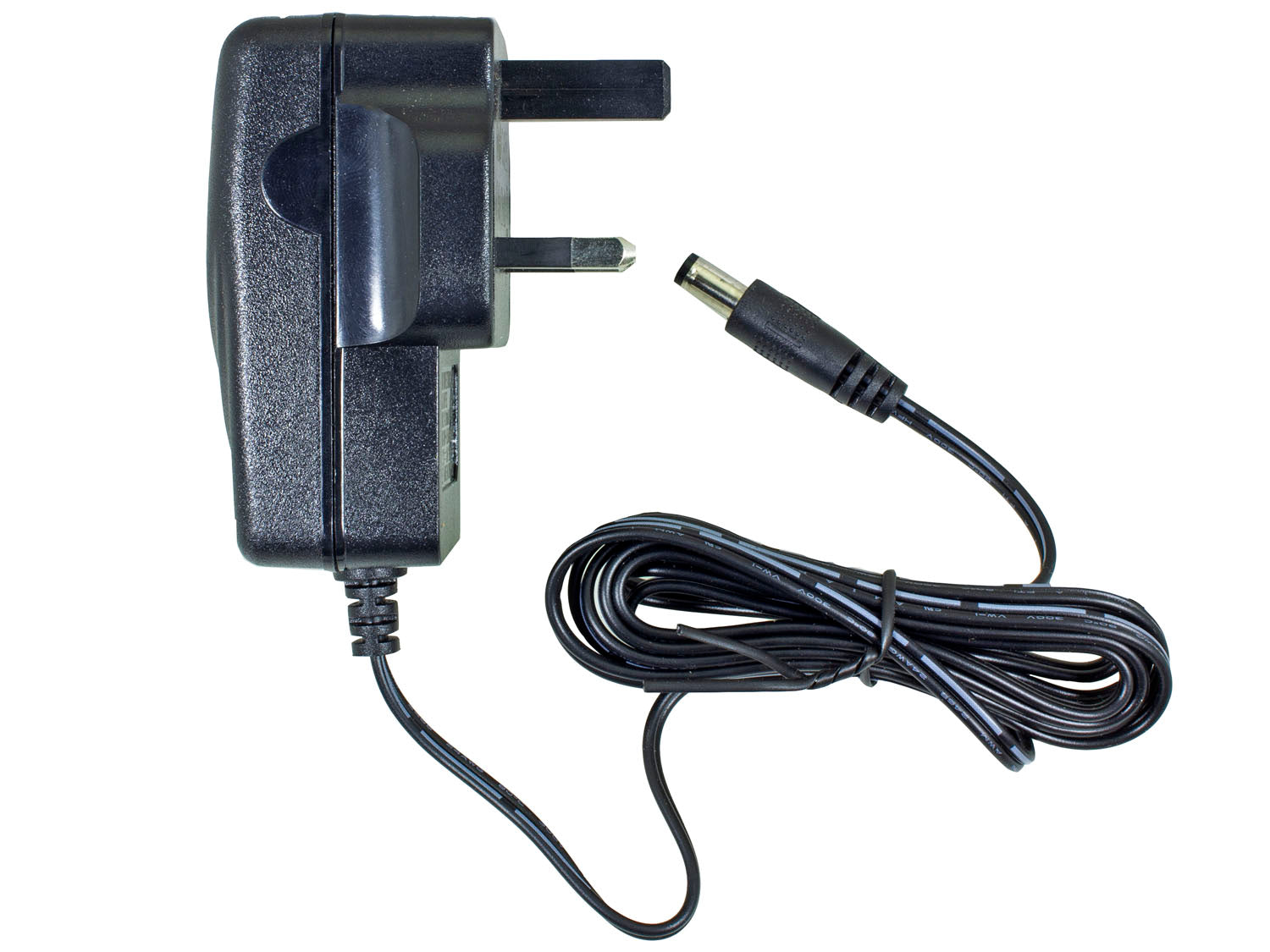Creating hedgehog houses in your garden is a wonderful way to support local wildlife and provide a safe haven for these charming creatures. Here’s a guide on how to make different types of hedgehog houses:
Things to think about before you start:
When creating a place for your hedgehogs to hibernate the key thing to have in mind is to minimise any potential disturbance. Hedgehogs enter a state of “torpor” when they hibernate, meaning they significantly lower their body temperature and metabolic rate to conserve energy 1. Any disturbance to hedgehogs can make them wake up from hibernation, depleting their precious energy reserves. This means wherever you make your hedgehog hibernaculum it must be in a place that won’t be disturbed by people or animals.
Hedgehogs prefer quiet, hidden spots. It’s best to place the house in a shady area, ideally near a hedge or shrubs to provide natural camouflage. Ensure the entrance is out of the wind and away from direct sunlight 2,3.
Make sure to keep any food and water separate from their hibernation place. Food and water can attract predators and pests, putting the hedgehog at risk. Similarly, food and water can lead to dampness, mould and bacteria which is unhygienic and harmful to hedgehogs 4. Hedgehogs are notoriously messy eaters and don’t do themselves any favours here 5! By ensuring all food and water food is placed at a distance, you help create a safer and more stable environment for them to hibernate successfully.
Simple Log Pile House:

This is the simplest type of house to build if you don’t have access other materials or tools. You can collect any dead wood from your garden or local park (but please ask permission!) and pile this up as big as you can! Log piles not only provide shelter for hedgehogs but also insects and other creepy crawlies 7,8.
Materials Needed:
- Logs of various sizes
- Dry leaves, straw, or hay
- A waterproof cover (like a piece of tarpaulin or plastic sheeting)
Steps:
1. Lay the Foundation:- Start by placing the largest logs on the ground to form gaps and spaces for hedgehogs to crawl into. Make sure to pad out these pockets with some dried leaves or hay.
- Add as many logs, twigs, leaves and straw as you can! Making sure to create a stable, protective structure that won’t collapse easily in the wind. Check it is well insulated whilst allowing for some ventilation
- For extra protection you may want to place a waterproof cover over the top of the pile to keep it dry. Secure it with smaller logs or stones to prevent it from blowing away.
Wooden Hedgehog House:
Making a wooden hedgehog house is a great option as it will take up much less space, these can be tucked out of the way, safe from disturbance from pets or children which is great for those with smaller gardens 8,9. Making a compact hedgehog house out of wood requires a bit more DIY.
Materials Needed:
- Untreated wood
- Straw or dry leaves (for bedding)
- Waterproof cover for the roof
- Hinges for the roof
Tools:
- Saw
- Hammer/drill and nails/screws
- Sandpaper, hammer and nails
Steps:
1. Design Your Hedgehog House:- Plan the dimensions. The recommended minimum size is about 30cm x 30cm x 40cm.
- Add feet to protect it from the damp, around 8cm tall.
- Include an entrance hole of 13cm x 13cm.
- Include a 30cm tunnel leading to the entrance. Maintain the 13cm x13cm opening all the way along.
- If you do need any inspiration on how to design your hedgehog house, have a look online or at the ones we sell on our website here.
- Cut the wood into the required sections: four sides, a base, and a roof, you want the roof to be slightly larger and overhangs to protect the rest of the box from rain.
- Sand the edges to avoid splinters.
- Nail or screw the sides together to form a box.
- Attach the base securely.
- Nail or screw the feet.
- Attach the roof using hinges so it can be opened for cleaning.
- Cover the roof with waterproof cover to protect against rain.
- Attach it securely to the front of the house.
- It should slope gently upwards so hedgehogs can enter it at ground level and walk up to the raised interior.
- Place straw or dry leaves inside for bedding.
- Place the house in a quiet, sheltered part of your garden.
- Additionally, you can cover it with logs and leaves to provide extra insulation.
Brick Hedgehog House:

If you have some spare bricks lying around, you can quickly turn these into a simple yet very affective hedgehog house 10! Be mindful of where you are placing this type of house, if you garden is prone to flooding, this may not be the best hedgehog house for you!
Materials Needed:
- Bricks (approximately 20-30)
- A paving slab or a piece of wood for the roof
- Soil and leaves for insulation
- Waterproof cover
- Tools: A spade or trowel
Instructions:
1. Prepare the Ground:- Clear the area of any debris and level the ground. Dig a shallow trench to help secure the base layer of bricks.
- Leave a space for the entrance 13cm across.
- Continue the trench 30cm along each side of the entrance gap to form a tunnel.
- Starting along the trench, build the first layer of bricks in a rectangular shape, leaving a small gap for the entrance. Ensure the structure is stable and level.
- Continue stacking the bricks, staggering them for added stability.
- For the house itself, aim for a height of about 30-40 cm.
- For the tunnel keep the hight lower, for an entrance hole of 13cm x 13cm.
- Place the paving slab or piece of wood on top of the brick walls. Ensure it overhangs slightly to protect the interior from rain.
- If you choose to use wood, you may need to weigh it down with logs or rocks.
- You can also add a small piece of tarpaulin or waterproof material under the roof for extra protection.
- Fill the interior with dry leaves, straw, or hay to provide insulation and comfort for the hedgehog.
- Ensure the entrance is clear and accessible. You can place a few stones or small logs around the entrance to create a more natural look and provide additional shelter.
Tips for using your hedgehog house:
You should make sure to clean your hedgehog house at least once a year, ideally in early Autumn, before hibernation but after breeding season when all hoglets will have weaned. If there are hedgehogs present in the house when you attempt to clean it, leave it well alone to keep disturbance to a minimum 11.
You can monitor your house to see if it is occupied by simply placing a small object like a scrunched-up piece of newspaper in the entrance way. If this has moved, a hedgehog may be inside 11!
By following these guidelines, you can create a cosy and safe environment for hedgehogs in your garden, helping to support their population and enjoy their presence. For further information on how to help hedgehogs as we prepare for the colder months, please see our recent blog post here
Helpful Resources
- https://www.gardenersworld.com/wildlife/hedgehog-hibernation/
- https://www.wildlifetrusts.org/actions/how-build-hedgehog-home
- https://www.rspb.org.uk/helping-nature/what-you-can-do/activities/build-a-hedgehog-house
- https://www.sttiggywinkles.org.uk/hedgehog-fact-sheet/
- https://homeandroost.co.uk/blogs/hedgehogs/what-to-put-in-a-hedgehog-house
- https://www.hedgehogstreet.org/help-hedgehogs/helpful-garden-features/
- https://www.hedgehogstreet.org/help-hedgehogs/helpful-garden-features/
- https://www.somersetwildlife.org/actions/how-build-hedgehog-home?gad_source=1&gclid=Cj0KCQjw3vO3BhCqARIsAEWblcDK4wm6xzG9c29eD_9O32JGEXekQMzwzDwabdiH2eTk8KyRKzFM_y0aAqwVEALw_wcB
- https://www.gardenersworld.com/how-to/diy/how-to-make-a-hedgehog-house/
- https://www.nhm.ac.uk/discover/how-to-make-a-hedgehog-house.html
- https://www.rspb.org.uk/helping-nature/what-you-can-do/activities/build-a-hedgehog-house





